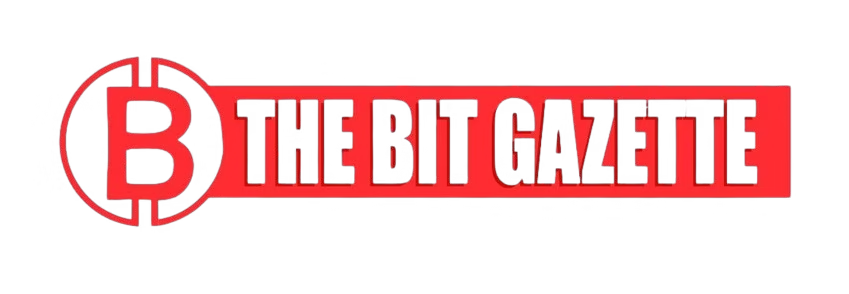Visa is set to expand its stablecoin-linked card offerings after recording a sharp rise in digital asset transactions during the fourth quarter, signaling the company’s growing confidence in blockchain-based payments.
During its latest earnings call, CEO Ryan McInerney announced that Visa will add support for four additional stablecoins operating on four unique blockchains, covering two fiat currencies and enabling conversion to over 25 traditional currencies.
“We are adding support for four stablecoins, running on four unique blockchains, representing two currencies, that we can accept and convert to over 25 traditional fiat currencies,” Ryan McInerney, CEO, Visa, said during the earnings call.
Although Visa did not disclose which specific tokens or blockchains would be included, the company’s plan marks a major expansion of its stablecoin-linked card infrastructure and a strategic move to strengthen its foothold in digital payments.
Visa’s total Q4 2025 revenue reached $10.72 billion, with earnings of $2.98 per share, slightly surpassing Wall Street projections. Even as its traditional payments business remains robust, the company’s sustained investment in stablecoin-linked card technology highlights the shifting landscape of global finance.
Visa deepens focus on stablecoins as payment rails evolve
Stablecoins have rapidly become a cornerstone of digital payments. According to a report from Andreessen Horowitz (a16z), stablecoins processed $46 trillion in transactions globally over the past year surpassing Visa’s own payment volume during the same period.
Since 2020, Visa has facilitated nearly $140 billion in crypto and stablecoin transactions, much of it through its stablecoin-linked card initiatives. The company currently supports major tokens such as USD Coin (USDC), Euro Coin (EURC), PayPal USD (PYUSD), and Global Dollar (USDG).
“We expanded the number of stablecoins and blockchains available for settlement, and monthly volume has now passed a $2.5 billion annualized run rate,” Ryan McInerney, CEO, Visa, added.
Visa’s move positions it at the center of a payment revolution where blockchain technology underpins instant cross-border transactions. The company’s emphasis on expanding stablecoin-linked card offerings reflects both consumer demand and institutional readiness for digital asset integration.
Visa tokenization platform to enable banks’ own stablecoins
In addition to new token integrations, Visa plans to advance its tokenization infrastructure, allowing banks to mint and burn their own stablecoins directly through its proprietary tokenized asset platform.
This technology will integrate with Visa Direct, the company’s cross-border money movement solution, enhancing liquidity and reducing friction in global payments. By using stablecoins as settlement assets, financial institutions can move funds faster without locking capital in multiple fiat currencies.
Last month, Visa launched its stablecoin prefunding pilot, which allows banks and financial institutions to pre-fund international payments using stablecoins under the Visa Direct framework. The pilot program gives participants faster liquidity access and lower transaction settlement times.
Visa’s stablecoin-linked card initiative is part of a larger effort to integrate programmable finance into traditional banking infrastructure, said Michael Del Castillo, senior editor at Forbes Crypto. It’s about bridging compliance-grade institutions with on-chain liquidity.
Visa eyes lending opportunities in decentralized finance
Visa’s growing interest in stablecoin-linked card use cases extends beyond payments. In a separate company report released earlier this month, Visa revealed that on-chain lending using stablecoins has already originated over $670 billion in loans since 2020.
The report highlights Visa’s plans to support this emerging market by providing the infrastructure and technology stack needed for banks and regulated entities to participate in programmable lending as a model that allows automated loan origination and repayment via smart contracts.
By positioning its stablecoin-linked card systems within both payments and lending ecosystems, Visa aims to maintain its dominance as digital assets transition from speculative tools to essential financial instruments.
“Distributed finance is maturing,” said Dr. Catherine Mulligan, Visiting Professor of Digital Economy at UCL. “Visa’s stablecoin-linked card expansion could standardize institutional access to blockchain-based money movement.”
Stablecoins reshape the future of payments
Visa’s continued investment in stablecoin-linked card technology underscores how traditional payment networks are adapting to blockchain’s growing role in finance.
As transaction volumes surge and institutional interest rises, Visa’s roadmap suggests a broader industry shift toward stablecoin-powered settlement systems that complement existing fiat rails.
By integrating new blockchains and expanding partnerships with crypto-native firms, Visa is reinforcing its ambition to operate at the intersection of traditional finance and Web3.
The expansion of its stablecoin-linked card ecosystem could accelerate mainstream adoption of digital currencies across borders, giving users faster, cheaper, and programmable payment options.











